Related Research Articles

Alchemy is an ancient branch of natural philosophy, a philosophical and protoscientific tradition that was historically practised in China, India, the Muslim world, and Europe. In its Western form, alchemy is first attested in a number of pseudepigraphical texts written in Greco-Roman Egypt during the first few centuries AD.

Abū Mūsā Jābir ibn Ḥayyān, died c. 806−816, is the purported author of a large number of works in Arabic, often called the Jabirian corpus. The c. 215 treatises that survive today mainly deal with alchemy and chemistry, magic, and Shi'ite religious philosophy. However, the original scope of the corpus was vast, covering a wide range of topics ranging from cosmology, astronomy and astrology, over medicine, pharmacology, zoology and botany, to metaphysics, logic, and grammar.
The 1711 Sales Auction Catalogue of the Library of Sir Thomas Browne highlights the erudition of the physician, philosopher and encyclopedist, Sir Thomas Browne (1605-1682). It also illustrates the proliferation, distribution and availability of books printed throughout 17th century Europe which were purchased by the intelligentsia, aristocracy, priest, physician and educated merchant-class.
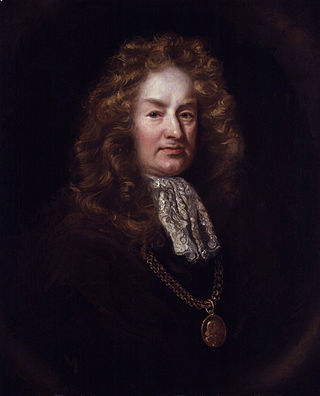
Elias Ashmole was an English antiquary, politician, officer of arms, astrologer and student of alchemy. Ashmole supported the royalist side during the English Civil War, and at the restoration of Charles II he was rewarded with several lucrative offices.

Fasciculus Chemicus or Chymical Collections. Expressing the Ingress, Progress, and Egress, of the Secret Hermetick Science out of the choicest and most famous authors is an anthology of alchemical writings compiled by Arthur Dee (1579–1651) in 1629 while resident in Moscow as chief physician to Czar Michael I of Russia.
The year 1652 in science and technology involved some significant events.

"The Canon's Yeoman's Tale" is one of The Canterbury Tales by Geoffrey Chaucer.

Projection was the ultimate goal of Western alchemy. Once the philosopher's stone or powder of projection had been created, the process of projection would be used to transmute a lesser substance into a higher form; often lead into gold.
Petrus Bonus was a late medieval alchemist. He is best known for his Precious Pearl or Precious New Pearl, an influential alchemical text composed sometime between 1330 and 1339. He was said to have been a physician at Ferrara in Italy, causing him to sometimes be known as Petrus Bonus of Ferrara or as Petrus Bonus the Lombard. An Introduction to the Divine Art is also attributed to him but was printed much later, in 1572.
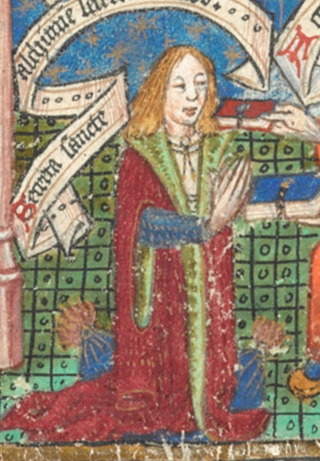
Thomas Norton was an English poet and alchemist best known for his 1477 alchemical poem, The Ordinal of Alchemy.
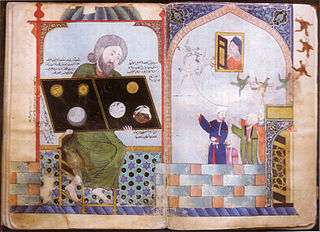
Muḥammad ibn Umayl al-Tamīmī, known in Latin as Senior Zadith, was an early Muslim alchemist who lived from c. 900 to c. 960 AD.

Monas Hieroglyphica is a book by John Dee, the Elizabethan magus and court astrologer of Elizabeth I of England, published in Antwerp in 1564. It is an exposition of the meaning of an esoteric symbol that he invented.

Thomas Charnock (1524/1526–1581) was an English alchemist and who devoted his life to the quest for the Philosopher's Stone. His unpublished notebooks are useful, not just for an understanding of Elizabethan attitudes towards alchemy in general, but for the insight they give to Charnock's life and thoughts.
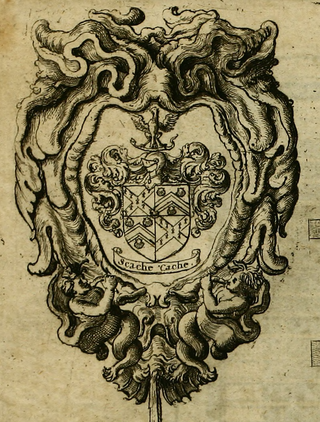
William Backhouse was an English philosopher, alchemist, astrologer, translator, and the esoteric mentor of Elias Ashmole.

Theatrum Chemicum is a compendium of early alchemical writings published in six volumes over the course of six decades. The first three volumes were published in 1602, while the final sixth volume was published in its entirety in 1661. Theatrum Chemicum remains the most comprehensive collective work on the subject of alchemy ever published in the Western world.

Thomas Wharton (1614–1673) was an English physician and anatomist best known for his descriptions of the submandibular duct and Wharton's jelly of the umbilical cord.
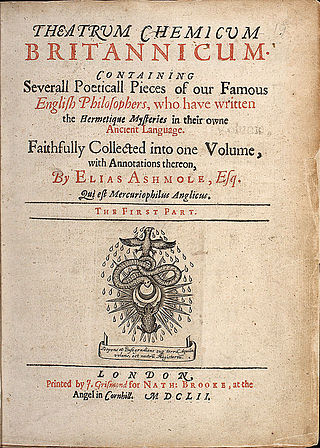
Theatrum Chemicum Britannicum first published in 1652, is an extensively annotated compilation of English alchemical literature acquired by Elias Ashmole. The book preserved and made available many works that had previously existed only in privately held manuscripts. It is the first part of a planned multi-volume set. It features the rhyming verse of people such as Thomas Norton, George Ripley, Geoffrey Chaucer, John Gower, John Lydgate, John Dastin, Abraham Andrews and William Backhouse.

Bernard Gilles Penot was a French Renaissance alchemist and a friend of Nicolas Barnaud.
Johannes Nicolaus Furichius (1602–1633) was a Franco-German Neo-Latin Imperial poet laureate, pharmacist, doctor of medicine and alchemist from Strasbourg.

Thomas Henshaw (1618–1700) was an English lawyer, courtier, diplomat and scientific writer. While not a published alchemist, he was a significant figure in English alchemical work from the 1650s onwards; he is known to have used the pen-name "Halophilus".
References
- Entry in Concise Dictionary of National Biography
- Lynn Thorndike A history of magic and experimental science 1934, vol. 3, pp. 85–102
- C.H. Josten The text of John Dastin's 'Letter to Pope John XXII Ambix, 4:1 & 2 (1949), 34-51
- Wilfred Theisen John Dastin's Letter on the Philosophers' StoneAmbix 1986, vol. 33, no2-3, pp. 78–87
- Wilfred Theisen John Dastin : the Alchemist as Co-Creator Ambix 1991, vol. 38, no2, pp. 73–78
- Thiesen, W (2008). "The letters of John Dastin". Ambix. 55 (2): 153–68. doi:10.1179/174582308x255389. PMID 19048973. S2CID 20368465.
- Theisen, Wilfred (1999). "John Dastin's alchemical vision". Ambix. 46 (2): 65–72. doi:10.1179/amb.1999.46.2.65. INIST 1552495.
- John Dastin's Alchemical Dream Kessinger Publishing, 2005
- Pascale Barthélemy et Didier Kahn Les voyages d'une allégorie alchimique : de la Visio Edwardi à l'Oeuvre royalle de Charles VI in Comprendre et maîtriser la nature au Moyen Age. Mélanges d'histoire des sciences offerts à Guy Beaujouan, Genève-Paris / 1994